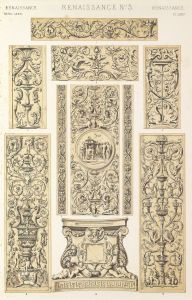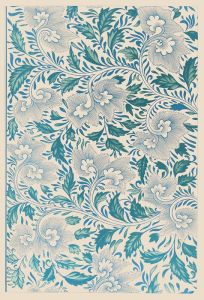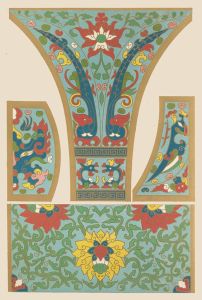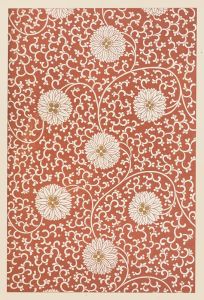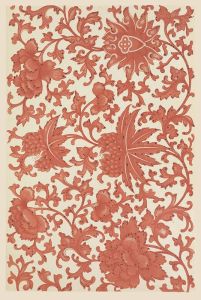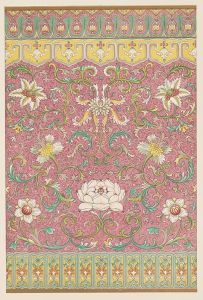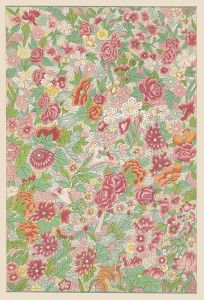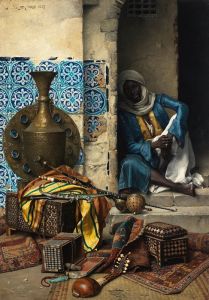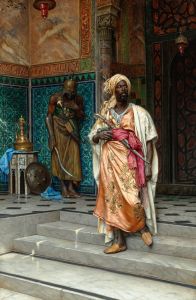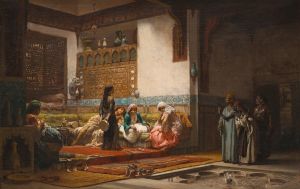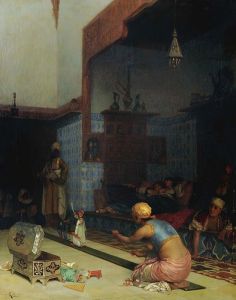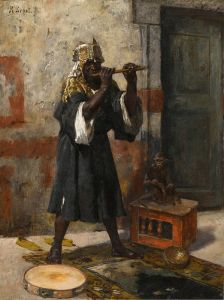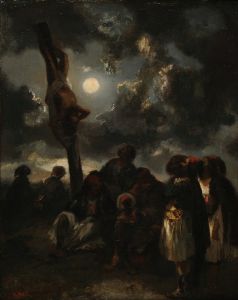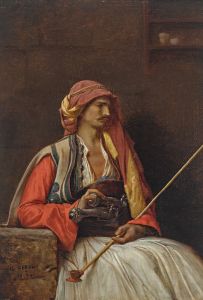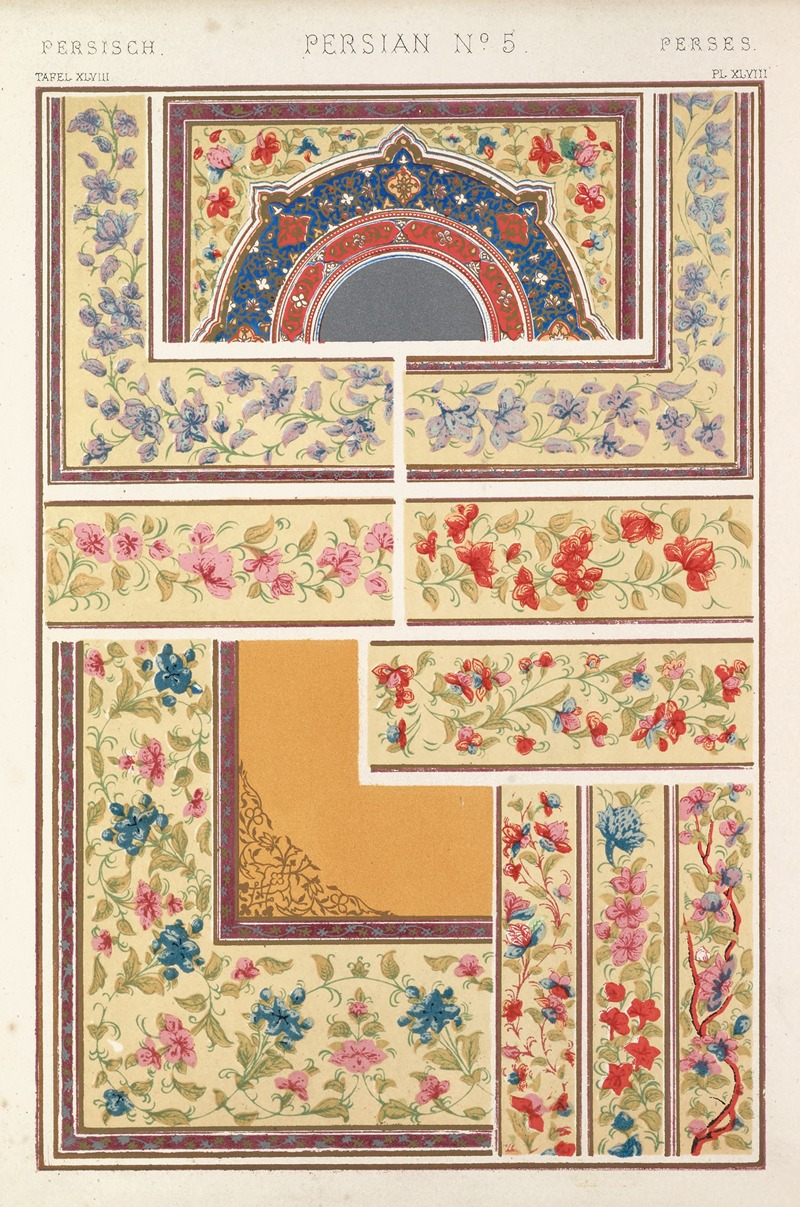
Persian No.5
A hand-painted replica of Owen Jones’s masterpiece Persian No.5, meticulously crafted by professional artists to capture the true essence of the original. Each piece is created with museum-quality canvas and rare mineral pigments, carefully painted by experienced artists with delicate brushstrokes and rich, layered colors to perfectly recreate the texture of the original artwork. Unlike machine-printed reproductions, this hand-painted version brings the painting to life, infused with the artist’s emotions and skill in every stroke. Whether for personal collection or home decoration, it instantly elevates the artistic atmosphere of any space.
Owen Jones (1809–1874) was a prominent British architect and designer, known for his contributions to the decorative arts and his influential work in the field of design theory. One of his notable works is "Persian No.5," which is part of his larger collection of designs inspired by Persian art and architecture.
"Persian No.5" is a design plate from Jones's seminal publication, "The Grammar of Ornament," first published in 1856. This comprehensive work is a collection of design patterns and motifs from various cultures around the world, intended to serve as a source of inspiration for designers and architects. Jones's aim was to demonstrate the universal principles of good design, which he believed could be found in the traditional art forms of different cultures.
The design of "Persian No.5" reflects Jones's deep appreciation for Persian art, which he admired for its intricate patterns, vibrant colors, and harmonious compositions. The plate features a symmetrical arrangement of geometric shapes and floral motifs, characteristic of Persian decorative arts. The use of bold colors and detailed patterns exemplifies the richness and complexity of Persian design, which Jones sought to capture and convey to a Western audience.
Jones's work on "The Grammar of Ornament" was groundbreaking in its systematic approach to the study of design. He meticulously analyzed and categorized the ornamental styles of various cultures, including Persian, Egyptian, Greek, Roman, Indian, Chinese, and others. His work emphasized the importance of understanding and respecting the cultural context of these designs while also encouraging innovation and creativity in their application.
"Persian No.5" is a testament to Jones's belief in the value of cross-cultural exchange in the arts. By presenting these designs to a broader audience, he hoped to inspire a new generation of designers to incorporate these timeless principles into their own work. His efforts contributed to the development of the Arts and Crafts movement and had a lasting impact on the field of design.
Jones's influence extended beyond his publications. He was also involved in the design of notable architectural projects, such as the interior decoration of the Crystal Palace for the Great Exhibition of 1851. His work in both architecture and design theory helped to shape the aesthetic sensibilities of the Victorian era and beyond.
In summary, "Persian No.5" by Owen Jones is a design plate that exemplifies his admiration for Persian art and his commitment to promoting the principles of good design through cross-cultural study. It is part of his influential work, "The Grammar of Ornament," which continues to be a valuable resource for designers and historians alike.





